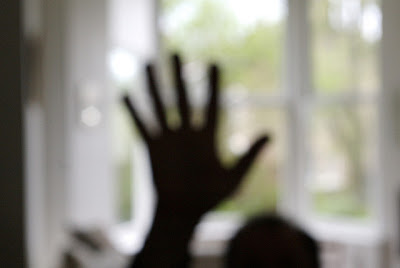Hotel du Lac – Space and Social Pressure - Anorexia

Tall, thin, beautiful anorexic . Image by Rega photography The female characters' traits in Anita Brookner's novel, Hotel du Lac, allow the reader to understand how society forces women into stereotypical behaviour. Edith Hope, along with the other female guests of Hotel du Lac, exemplifies not only gendered stereotypes but also the fact that despite societal reforms women continue to be marginalised. Tall, Thin, Beautiful Anorexic Edith’s character traits and those of her fellow female guests clearly reveal the effects of environmental constraints. Hidden behind make-up and sophisticated composure, Monica, “the tall thin beauty” (66) “has what is politely referred to as an eating problem” (80). According to Bertram Cohler and Henry Grunebaum, in The Psychology of Mothers, Grandmother, and Daughters: Personality and Childcare in Three Generation Families, 1981, “a [young] woman who shows . . . hunger disturbance . . . is likely to have had a mother who could no



